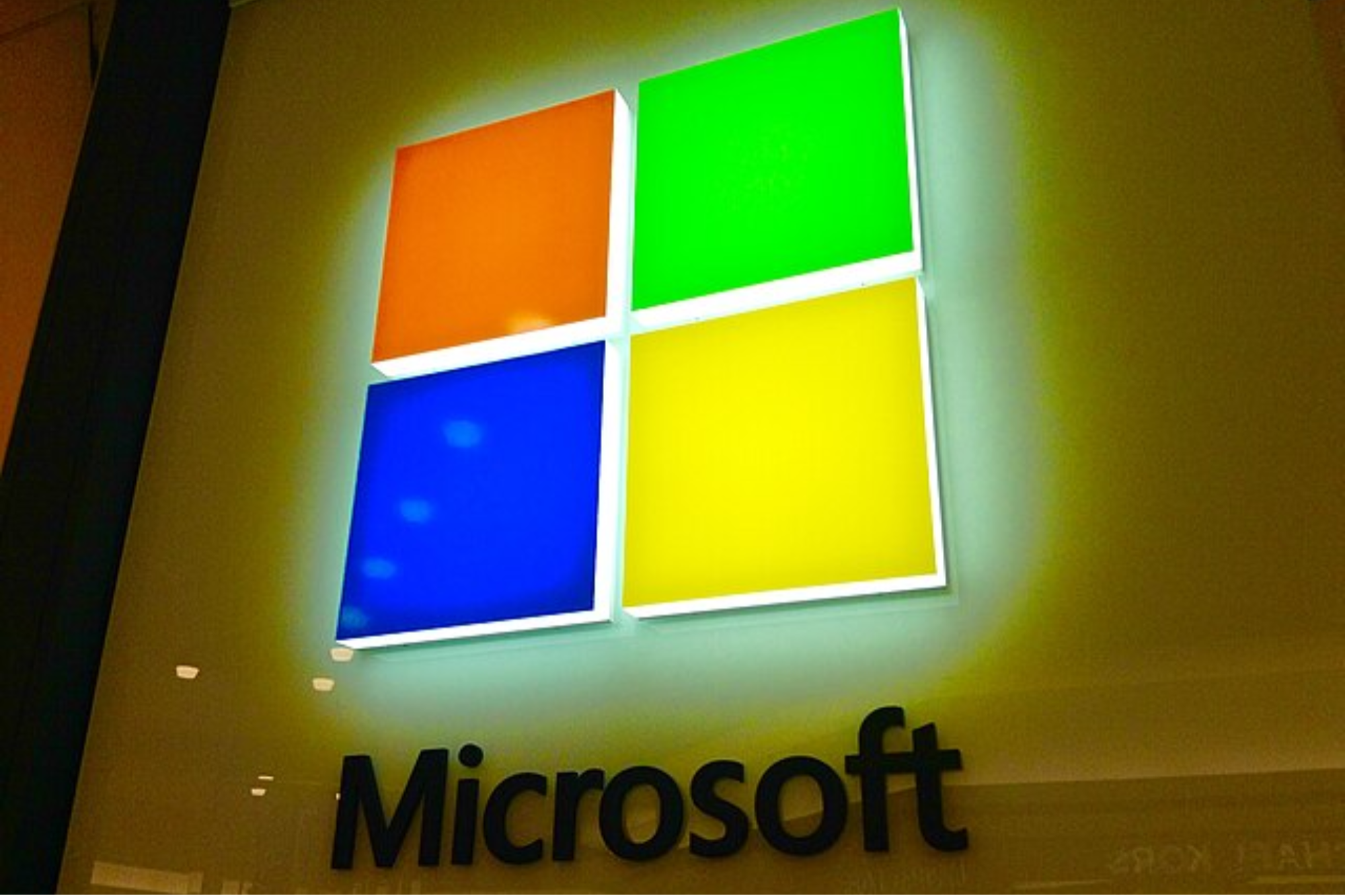GST: A perfect tool for SME growth GST is benefiting companies as well as their suppliers, vendors and customers
By Praveen Kutty •
Opinions expressed by Entrepreneur contributors are their own.
You're reading Entrepreneur India, an international franchise of Entrepreneur Media.

The Government of India commemorated July 1, 2018 — the first anniversary of the Goods and Services Tax — as GST Day. During the past year, the government earned an estimated Rs 7.41 lakh crore from the new indirect tax and it is confident that collections will exceed Rs 13 lakh crore in the current financial year. I will be bold enough to say that we are well on course to reach that number.
Significant But Not an Easy Task
Looking back, the implementation of the "one nation-one tax' regime was not easy for the micro, small and medium enterprises (MSME) sector, which faced problems with cash flows and GST compliance. The bumpy ride is now behind us and I am equally confident that the 48 lakh MSMEs registered with the Udyog Aadhaar Memorandum (UAM) Portal as of July 2018 — thanks mainly to the "Make in India' initiative — will significantly increase their share of GST in FY19.
On the positive side, the replacement of as many as 17 levies and numerous cesses with a single tax has made tax filing simpler and systematic, and also streamlined processes. This has enabled MSMEs to channelise manpower and other resources towards business growth and development.
Apart from the above, GST has had a major impact on old-school accounting methods that were prone to errors. The new tax has forced enterprises to adopt digital technology and improve business efficiency. This is benefiting companies as well as their suppliers, vendors and customers.
MSMEs After GST
With an increased transparency in accounting procedures we have witnessed a surge in financial participation from established institutions. Today, there is far more flexibility in business cycles with a lowered cost of borrowing options for MSME's.
Besides, March is a low activity month for MSMEs which channelise most of their efforts towards tallying books of accounts and filing taxes. With GST, however, enterprises have to check their books regularly. What this means is that MSMEs can identify defaulters, ensure faster payments and streamline their ledgers.
Another benefit of GST is that MSMEs can go beyond their geographical state and expand their business anywhere in the country. Enterprises no longer have to worry about dealing with complex taxes applicable in different states. In that sense, GST is creating new business and employment opportunities.
GST will usher in an era of growth in the MSME sector and transform the way enterprises operate and do business. In the long run, this will have a positive impact on the economy.










